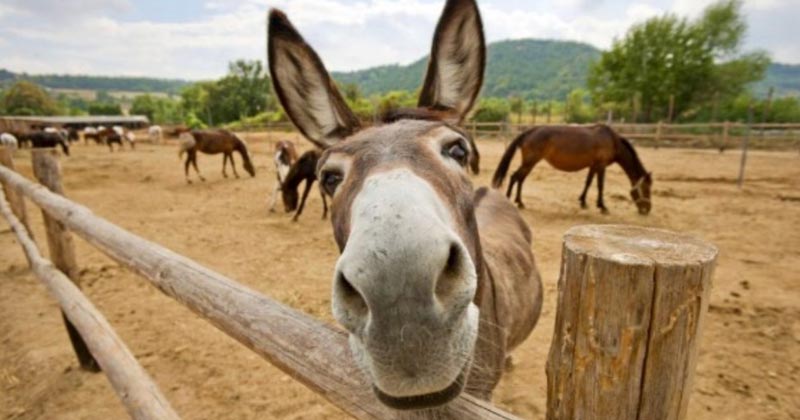Of all the things in China, one of the principal highlight-making aspects is the country’s prowess at mass manufacturing. Truth be told, anything special or unique to any part of the world stands a great chance of being found here in China. The Chinese infrastructure, its proclivity toward keeping fit, an internationally trending toilet revolution and without a doubt, the Great Wall of China are also commonly talked about aspects of the world’s most populous country.
But there’s also something rather unique to China that may not have made many a headline or have crossed your imagination. Apparently, the donkey population of China is quite a thing, in itself. Wondering why? Well, it’s simply down to the fact that at the present moment, the donkey population of the world is somewhere around 45.8 million. But in China, this number has been constantly collapsing in the past few years.
And where it stands at the moment, there’s a threat to the donkey population in China. Now, just what is the reason? After all, what is causing a threat to the donkey population in China, the animals being among the most harmless and docile of all creatures- isn’t it?

Apparently, the reason concerns itself with the world of medicine.
In China, among the most common practices to make efficient medicine is to use donkey skin. The donkey skin is a handy ingredient toward making traditional medicine.
But the Chinese demand for the said medicine is currently putting the entire planet’s donkey population at risk, where current updates stand.
In fact, the gravity of the situation is such that according to confirmed estimates, nearly 5 million donkey skins are used each year to make traditional Chinese medicine known as ejiao, which happens to be a gel.
This gel is believed to be of multiple uses. It can not only prove to be effective in aging but can also be used for the treatment of cold and other ailments.
An incessant demand for this traditionally-prepared gel is putting a risk to the donkey population of China.
These concerns were pointed out by Britain-based Donkey Sanctuary, in a report. And in addition to the above, the following snippets of information were published in reports on the online world:
The donkey skin trade has resulted in “suffering on an enormous and unacceptable scale”, the group’s chief executive Mike Baker said in a statement.
Researchers documented instances of unhygienic and inhumane processing conditions, including donkeys being crudely bludgeoned on the head at one slaughterhouse in Tanzania while still conscious and restrained.
At a holding facility in Brazil, malnourished animals were being kept in the same pens as “hundreds of donkey carcasses” that had contaminated the only available water source, “putting remaining donkeys at risk of either infectious disease or severe dehydration”.
But there also appears to be a concern where it comes to the usage of the said gel. Apparently, inadequate hygienic conditions sort of increase the risk in the sense that infected vestors or to put it simply, insects may be on the gel. Therefore, in the flurry of incessant consumption, the end-users are also entertaining a big health risk as it turns out.
There also appears to be a sense of conscience behind the massively prevalent donkey skin trade. In fact, several countries have, over these years, stood up against the illegal practice, of which the likes of Botswana, Mali, Burkina Faso, Senegal are commonly known names!


